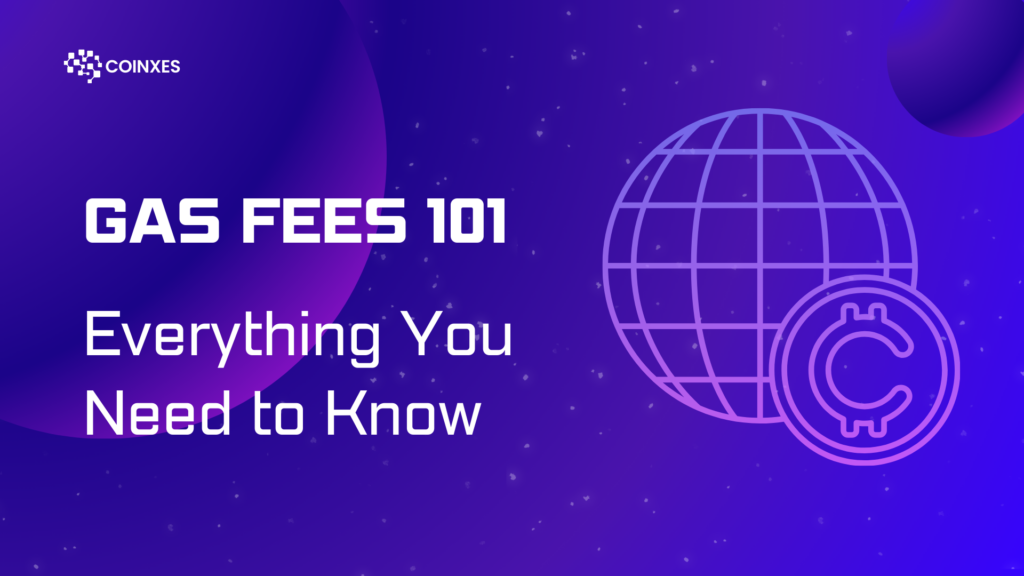Gas Fees 101: Everything You Need to Know
Introduction
If you’ve ever conducted a transaction on a blockchain network, you’ve likely encountered gas fees. These fees are an essential component of decentralized networks like Ethereum, Binance Smart Chain, and Polygon. But what exactly are gas fees, how do they work, and how can you reduce them? This guide will cover everything you need to know about gas fees in the crypto world.
What Are Gas Fees?
Gas fees are transaction fees required to perform operations on blockchain networks. They compensate miners or validators for securing the network and processing transactions. The term “gas” refers to the computational power needed to execute smart contracts and other on-chain activities.
Why Do Gas Fees Exist?
Gas fees serve several purposes, including:
- Incentivizing Miners/Validators: Miners (in Proof-of-Work) and validators (in Proof-of-Stake) earn fees for processing transactions.
- Preventing Spam Transactions: Requiring fees deters malicious actors from overloading the network.
- Allocating Network Resources: Higher fees often result in faster transaction processing, as miners prioritize transactions with higher bids.
How Are Gas Fees Calculated?
Gas fees are determined based on several factors, including:
- Gas Limit: The maximum amount of gas a user is willing to spend on a transaction.
- Gas Price: The amount of crypto paid per unit of gas (measured in gwei for Ethereum).
- Network Congestion: Higher demand increases fees, especially during peak usage times.
Example of Gas Fee Calculation
For Ethereum:
- Gas Limit: 21,000 (for a basic ETH transfer)
- Gas Price: 50 gwei (1 gwei = 0.000000001 ETH)
- Total Fee: 21,000 × 50 gwei = 1,050,000 gwei = 0.00105 ETH
Why Are Gas Fees So High?
Gas fees fluctuate based on network conditions and transaction demand. Some reasons for high fees include:
- Network Congestion: Increased transactions create competition, leading to higher fees.
- Complex Smart Contracts: More complex operations require additional computational resources.
- High Demand for DeFi & NFTs: Popular decentralized finance (DeFi) and NFT projects drive up gas prices.
How to Reduce Gas Fees
Here are some strategies to minimize your gas fees:
1. Use Layer-2 Solutions
Layer-2 solutions, such as Arbitrum, Optimism, and Polygon, process transactions off-chain, reducing congestion and fees.
2. Transact During Off-Peak Hours
Gas fees tend to be lower during times of reduced network activity. Try transacting late at night or during weekends.
3. Adjust Gas Fees Manually
Many wallets allow users to manually set gas limits and prices. Opting for a lower gas price may delay your transaction but save on fees.
4. Use Gas Fee Estimators
Tools like Etherscan Gas Tracker and ETH Gas Station help estimate optimal gas fees based on real-time network conditions.
5. Consider Alternative Blockchains
Networks like Binance Smart Chain (BSC), Solana, and Avalanche offer lower gas fees compared to Ethereum.
Future of Gas Fees
With Ethereum transitioning to Ethereum 2.0 and introducing upgrades like EIP-1559, gas fees are expected to become more predictable and cost-efficient. Scaling solutions and alternative consensus mechanisms will also play a role in reducing transaction costs.
Conclusion
Gas fees are a crucial aspect of blockchain transactions, impacting both users and network security. While high fees can be a challenge, using the right strategies—like Layer-2 scaling, off-peak transactions, and alternative blockchains—can help you save money. As blockchain technology continues to evolve, we can expect more efficient and affordable solutions for gas fees.
By staying informed and leveraging available tools, you can navigate the crypto space efficiently while minimizing unnecessary costs.
